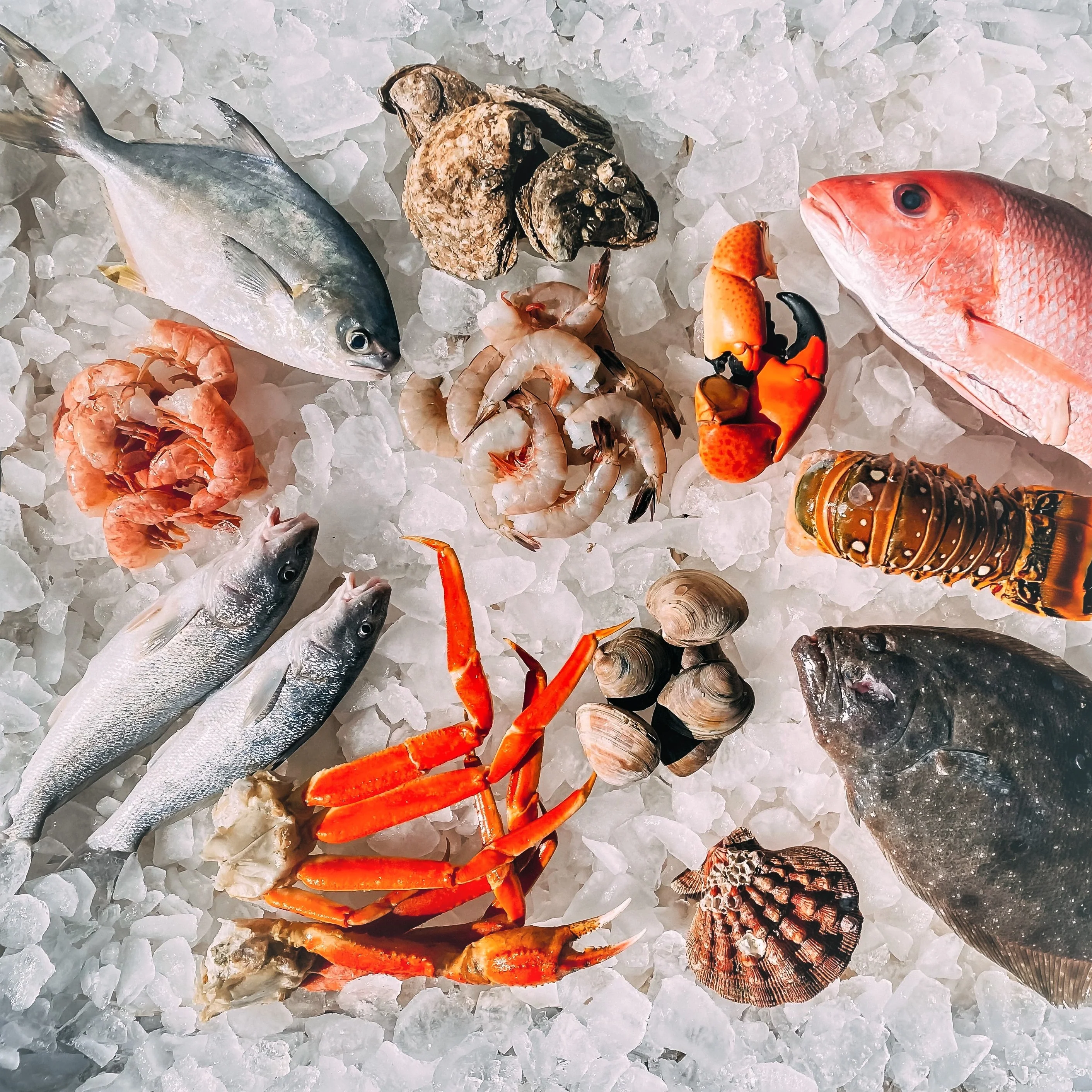In recent years, with the rapid development of aquaculture, aquatic products have become indispensable ingredients on dining tables. However, driven by the pursuit of high yields and low costs, some farmers continue to illegally use veterinary drugs. A recent 2024 National Report on Veterinary Drug Residues in Aquatic Products released by the National Food Quality and Safety Supervision and Inspection Center reveals that eight categories of aquatic products show significantly higher detection rates of banned veterinary drugs compared to others, raising widespread consumer concerns.

I. Risk List: Why Are These 8 Aquatic Products High-Risk?
Based on nationwide testing data from 3,000 batches of aquatic products, the following categories are identified as high-risk due to farming practices, disease resistance needs, and other factors:
- Farmed Perch/Trout: Detected malachite green and nitrofuran metabolites
- Shrimp (Prawns, Kuruma Shrimp): 15% exceedance rate of enrofloxacin
- Shellfish (Oysters, Scallops): Dual risks of heavy metals and chloramphenicol
- Soft-Shelled Turtles: Detected banned growth hormones
- Bullfrogs: Prominent residues of furazolidone metabolites
- Eels: Frequent covert use of malachite green
- Eels (Export-Related): Multiple overseas reports of sulfonamide overlimits
- Tilapia: Detected novel antibiotic florfenicol
The report indicates that high-density farming practices make these species prone to diseases, prompting some farmers to illegally use banned drugs for disease prevention or growth promotion. Such drugs often exhibit high toxicity and poor degradability.
II. Health Hazards: How Do Banned Veterinary Drugs Threaten Health?
Carcinogenic and Teratogenic Risks
Malachite green is classified as a Group 2B carcinogen by IARC; nitrofuran metabolites can damage DNA.
- Antibiotic Resistance Crisis
Long-term low-dose antibiotic intake may breed drug-resistant bacteria, reducing future treatment efficacy.
- Liver and Kidney Toxicity
Excessive chloramphenicol or sulfonamides impair metabolic functions.
- Developmental Risks in Children
Hormonal veterinary drugs may disrupt endocrine systems, affecting youth development.
III. Industry Insights from Authoritative Testing
2024 testing data highlights:
Farmers’ market bulk products had a 4x higher banned drug detection rate (8.7%) than supermarket pre-packaged products (2.1%).
Detection rates rose 40% during summer due to increased drug use in disease-prone seasons.
Rapid-test breakthroughs: Colloidal gold immunochromatography now screens 6 common banned drugs within 30 minutes, aiding grassroots regulation.
IV. Consumer Self-Protection Guide: 4-Step Selection Strategy
Verify "Dual Certifications"
Check for "Animal Quarantine Certificate" and "Water Quality Test Report" on packaging.
Prioritize products with QR codes traceable to farming sites and medication records.
Spot Suspicious Traits
Black spots on shrimp or dark-red gills in fish may indicate drug abuse.
Overly firm or non-cooking flesh may signal formaldehyde treatment.
Pre-Cooking Prep Tips
Soak shellfish in saltwater for 2 hours to expel toxins.
Remove fish organs/gills to eliminate 70%+ fat-soluble drug residues.
Document for Complaints
Keep invoices and product samples.
Suspected issues can be reported to CMA-certified labs (e.g., local quality inspection institutes).
V. Experts Urge: Build a Full-Chain Regulatory System
Researchers from the Chinese Academy of Fishery Sciences emphasize that addressing drug residues requires multi-stakeholder collaboration:
Front-end control: Establish a "white list" for aquaculture drugs; promote herbal alternatives.
Process tracking: Mandate digital logs of drug usage (time/dosage) for farms.
Strict penalties: Enforce lifetime industry bans on violators.
Post time: Apr-01-2025

